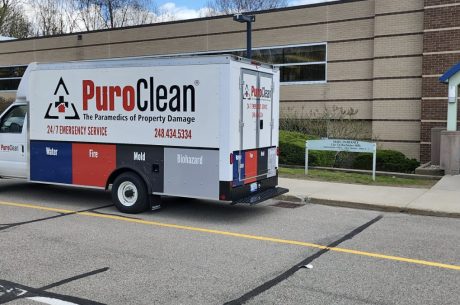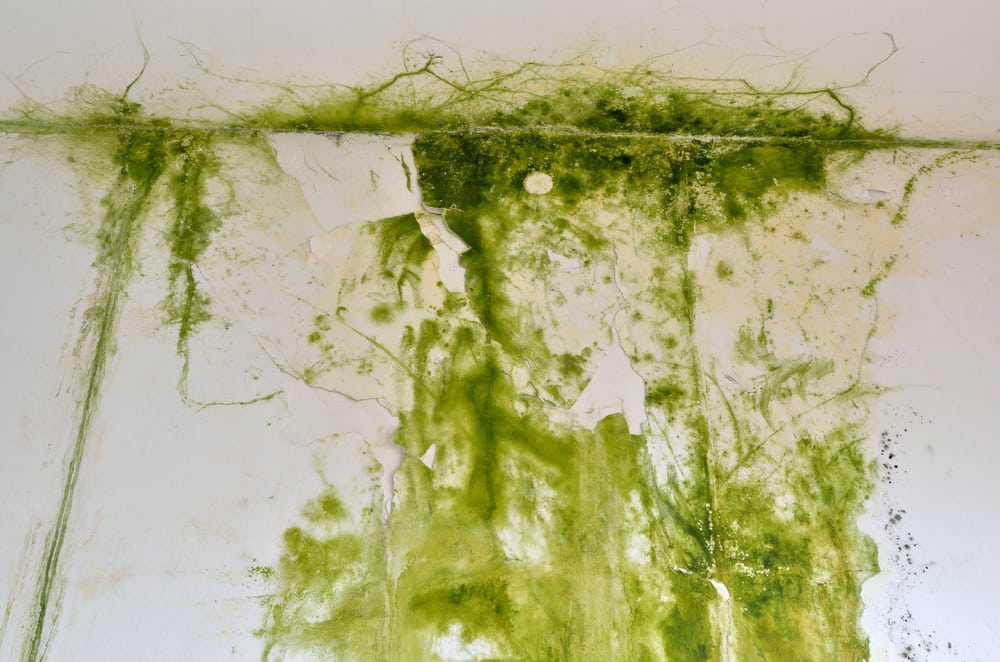Floods and water damage are major problems for every house owner and property manager because they affect not only the building’s structure but also the building’s structure. Water damage poses one of the biggest risks since it leads to mold formation in homes. This leads to mold remediation as one of the essential processes of water damage restoration to help eradicate the effects of mold. This article discusses the significance of mold remediation in post-water damage, the processes involved, and why it is important for healthy living.
Understanding Mold Remediation
Mold removal identifies, eliminates, and controls mold growths in buildings affected by water damage. Mold grows in areas with high humidity and areas exposed to water, such as areas with water damage. Mold removal is important to ensure that a structure is habitable again after it has been affected by water or moisture. Here’s a closer look at why mold remediation is so crucial:
- Preventing Health Risks
Inhalation of mold causes respiratory illnesses, skin rashes, allergies, and asthma, among other diseases. People with compromised immunity, allergies, or with chronic diseases are most vulnerable. Mold remediation deals with these risks by eliminating mold spores and treating affected regions with the intention of improving air quality. This process is very important in avoiding adverse health effects that may be a result of staying in the building.
- Stopping Mold Spread
Mold can grow very fast and spread throughout a property as soon as it starts growing. Mold growth thrives well in damp areas and therefore water damage is perfect for mold growth. Mold remediation not only involves the removal of the mold but also deals with the sources of water that causes the mold to grow. This involves fixing of leaks, enhancing of the ventilation systems and use of humidifiers for moisture control.
- Restoring Structural Integrity
Flooding causes structural damage to a building, and so does the growth of mold. Mold can ruin things like wood, drywall, and insulation, which can pose some risks to people’s safety and result in expensive damages. Mold remediation includes evaluation and restoration of structural damage with the aim of making the property safe and sound. This step will help to take care of the property’s value and security to avoid incurring losses in the future.
The Mold Remediation Process
Mold remediation is a process that is aimed at solving mold issues in the most effective and efficient way. Each step is critical for ensuring that mold is effectively removed and prevented from returning:
1. Inspection and Assessment
Mold remediation begins with an examination of the areas of the house that have been affected and an evaluation of the extent of the problem. Mold and moisture are concealed and can only be identified by professionals who have the tools to do so. This assessment enables one to determine how severe the mold issue is and the cause of the moisture, which is useful in developing a plan on how to eradicate the problem. A detailed inspection means that there will be no part that has not been inspected and that any problem that might be present will be dealt with.
2. Containment
To avoid the spread of mold spores to other areas free from contamination, the specialists in mold remediation devise barriers. This includes blocking doors and corridors and using negative air pressure machines to regulate airflow. Mold removal must be done in a way that prevents the spread of mold to other areas, and containment is critical to this process. This step assists in preventing the mold spores from spreading to the other parts of the property.
3. Removal of Mold-Infested Materials
Any items that have been affected severely by mold, for instance, drywall, insulation, and carpet, are taken out and dumped. This is important in order to avoid the further spread of mold to the other parts and to make sure that the remaining articles are not affected. There are procedures followed when conducting the removal of the mold so that it does not spread all over the place.
4. Cleaning and Disinfection
When the hazardous substances are removed, the site is thoroughly washed and sanitized. Cleaning chemicals that are effective in eradicating mold spores and inhibiting the growth of mold are utilized. This step involves washing the exposed surfaces, the air vents, and any other items that can be restored. Disinfection is important in making sure that all the mold spores are killed and that the environment is fit for people to live in.
5. Drying and Moisture Control
Drying is a critical part of the mold remediation process, and it has to be done properly for the affected areas. The moisture is controlled as a way of preventing the re-growth of mold, as moisture is known to cause this problem. Portable industrial-grade dehumidifiers and fans are used to eliminate moisture from the house and allow proper air circulation. Some steps taken to avoid future mold problems include controlling sources of moisture, such as leakage and poor drainage systems.
6. Restoration and Repair
After mold removal and cleaning, the final process that remains is restoring and repairing the affected areas. This entails putting back the materials that have been removed, fixing any structural damages, and making sure that the property is restored to its initial state. Restoration may involve painting walls and ceilings, floors, and other parts of a house that may have been affected. This is an important step that needs to be done in order to finish the water damage restoration process and make sure the property is brought back to its normal state.
The Importance of Mold Remediation in Post-Water Damage Restoration
Mold remediation is a critical component of water damage restoration for several reasons:
Health and Safety
There are associated health risks that are related to health complications such as respiratory problems and allergies. Remediation also aims at making the property fit for use by occupants to minimize on incidences of health complications and enhance the quality of air within the property. Mold growth should be dealt with as soon as possible to prevent further deterioration of the quality of air in the living spaces.
Property Protection
Mold is a major problem that results in property damage, especially with structures and other materials used in construction. Mold removal is done to stop the growth of mold by identifying and eliminating the source of moisture and fixing any structural issues. This step is important in maintaining the value of the property and as well as checking on the physical integrity of the property.
Preventing Recurrence
Effective mold removal does more than remove current mold; it also prevents mold from returning. Mold remediation specialists also make sure that new molds do not grow in the affected places since they remove all sources of moisture and treat the affected areas properly. It is important for preventing the long term recurrent problems of mold in property management and maintenance.
Insurance and Financial Considerations
Mold damage is usually expected to be fixed by homeowners before being compensated for by insurance companies, hence the need to ensure that the mold remediation has been conducted in a right manner. It eliminates all mold problems, which is important for insurance claims, and this makes a detailed remediation process important. Documentation and professional work in remediation assist in the management of financial aspects and the processing of claims.
Conclusion
Mold remediation is considered a critical process in the post-water damage restoration process. It deals with health hazards, avoids the aggravation of the destruction of properties, and makes it habitable. By knowing the significance of mold remediation and the steps involved in it, property owners can be able to prevent the impacts of water damage. In order to address all the aspects of mold problems and water damage, one needs to hire professionals to get the job done. Mold control is important in order to keep your home healthy and preserve the value of your investment.




 PuroClean of Rochester Hills
PuroClean of Rochester Hills